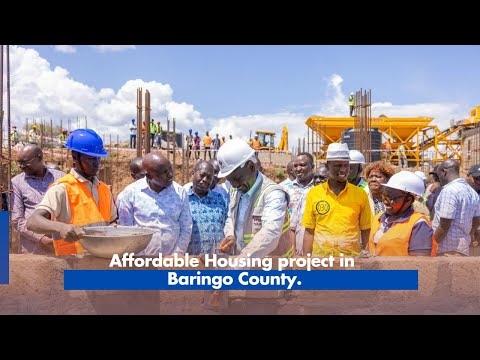The Bottom-Up economic model pays attention to sectors and interventions that have a strong positive impact on most of the population. The primary outcome is to reduce the cost of living, eradicate hunger, create jobs, expand the tax base, increase the market share for goods and services, and improve the foreign exchange reserves. This strategy prioritises inclusive growth and focuses on five core pillars; agriculture, micro, small, and medium businesses (MSMEs), housing, healthcare, the digital superhighway, and the creative economy.
A value chain approach has to be adopted for efficient and effective allocation of resources, as it emphasises the production-to-market linkages that generate value for customers. A value chain is about understanding how and where the product or service's utility is created and paid for along the production chain.
This approach will therefore aim to mitigate competition for resources between sectors, duplication of efforts, fragmentation, and lack of coordination. An implementation plan of the bottom-up approach requires the partnership and collaboration of various stakeholders, which includes the County, the National Government, and the private sector.
In terms of sequencing, the plan divides interventions into four-time frames: quick wins (impact within six months), short-term (within 6-18 months), medium-term (within 18-36 months), and long-term (impact from years 3-5 and beyond). The plan is then financed within a reduced budget deficit while outlining principles and a framework for financing, including setting up an infrastructure fund, using public-private partnerships, and developing a sovereign wealth fund.
Several factors will play a role in facilitating the implementation process. One, there is a need to identify sectors or groups that need support in various parts of the country. This process will involve conducting research and assessments to determine disadvantaged groups that have the potential to contribute to economic growth and development. The identified groups are then prioritised for targeted investments, such as agriculture, small businesses, and the informal sector.
Secondly, supportive policies and regulations are needed for the identified groups to flourish by reforming laws and regulations that disadvantage small businesses and the informal sector. These may include simplifying registration and licensing processes, reducing barriers to entry, promoting fair competition, and creating a level playing field for all investors.
Thirdly, it is vital to support the development of the skills of individuals and communities, particularly those disadvantaged, to enable them to participate effectively and benefit from economic opportunities. The collective private sector could use its Corporate Social Responsibility (CSR) budgets to equip micro businesses with skills that could take them to the next level by supporting sustainability and continuity.
The fourth factor is inclusivity and equity by addressing barriers and challenges faced by marginalised groups and ensuring they have access to moneymaking resources. Informal groups can form self-help groups to identify their day-to-day challenges and seek a collective solution.
The fifth factor is active participation considering various views of disadvantaged groups. Other stakeholders in the planning and decision-making process are critical for the bottom-up model's success. When the budgeting process at County and National levels takes this approach, and with its entrenchment in our social fabric, it can address needs and priorities up to the village level.
Lastly, the bottom-up economic model aims to support sustainable development by addressing the environmental and social impact and promoting long-term, equitable economic growth. It is also crucial to track and measure the impact of bottom-up economic policies and interventions and assess their effectiveness, efficiency, and sustainability to identify any challenges or areas for improvement.
Generally, a successful bottom-up economic model will involve a combination of targeted investments, capacity building, inclusion and equity, participatory planning and decision-making, and a focus on sustainable development through monitoring and evaluation.
Karen Kandie












